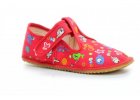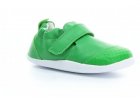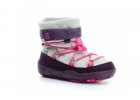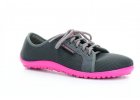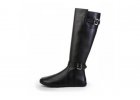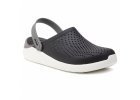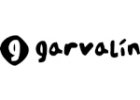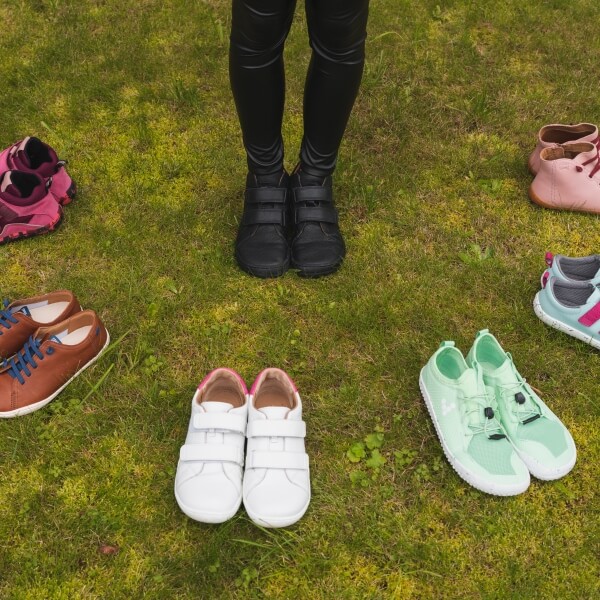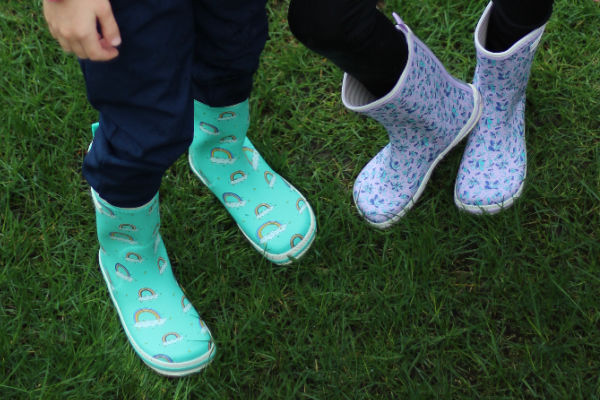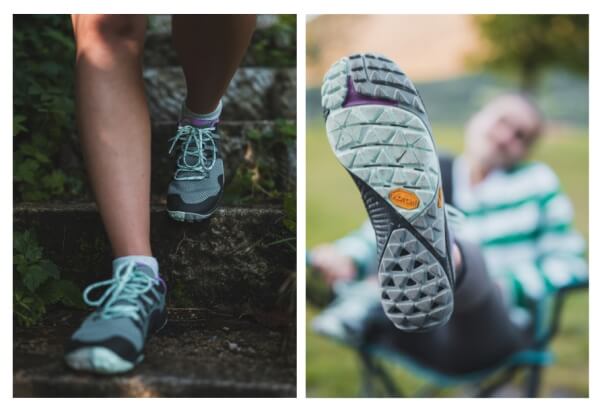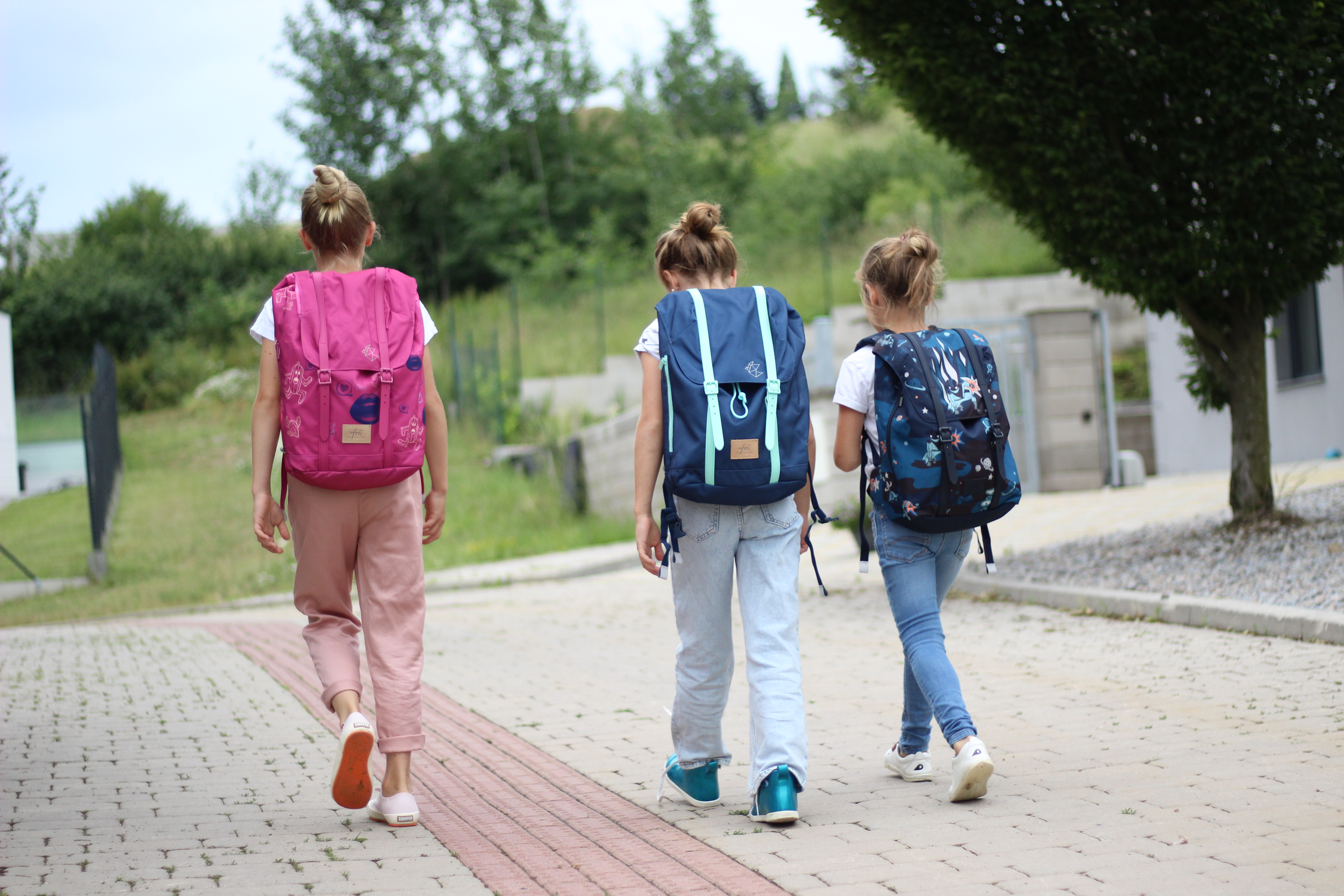Would you like to have healthier children? We can advise you on how to improve your children's health when the unhealthier option is not available to them.
Content of the article
What is the healthiest?
"Healthiest" is a relative term. For each of us, healthiest is something different, so you do best by sensing your body's signals about what's doing it good and what's hurting it. For our part, we trust natural evolution to have endowed us with everything we need to maintain impeccable health. However, the modern world is moving us away from the optimal path, so we should look for ways for us and our children to return to the natural order.
Healthy walking
The healthiest way to move is to walk barefoot. At home, in the garden, at the beach, wherever your feet are not at risk of injury or hypothermia, take off your shoes and socks for your children and yourself. The benefits of walking barefoot compared to walking in shoes are expertly discussed by a physiotherapist here.
Unhealthy footwear
Remove shoes from your shoe closet that hurt your feet. Especially shoes:
- with a narrow tip - they squeeze your fingers
- with heels - overload the joints
- with a high and inflexible sole - prevents the correct unwinding of the step
The human body is an interconnected whole and many health problems stem from the feet, or rather from bad shoes. Avoid buying shoes that do more harm than good.
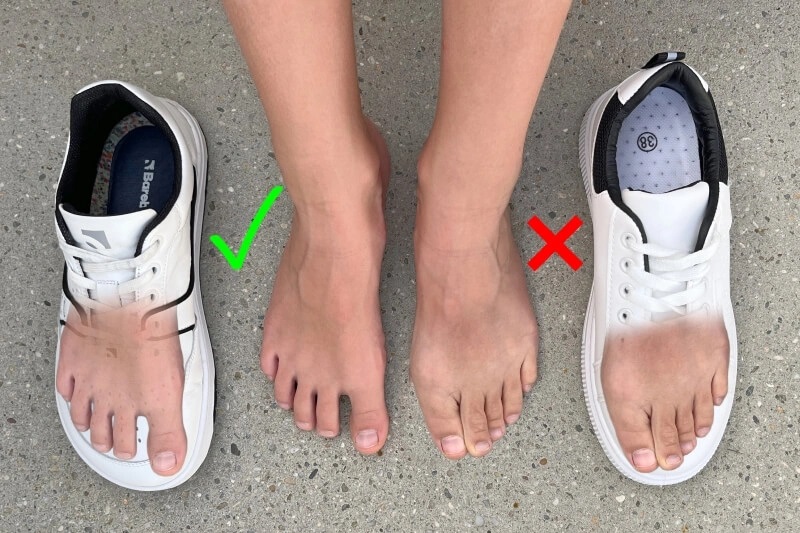
Healthy footwear
For novice walkers and preschoolers, the choice of healthy shoes matters most, as inappropriate footwear can disrupt the natural development of their feet. Once they have fixed faulty movement patterns in childhood, they will no longer correct deviations from the optimal position once their bones have hardened.
Fortunately, there are barefoot shoes, which try to be as close to barefoot as possible. This is made possible by their:
- wide toe - giving fingers freedom
- sole is flat to the ground - distributing weight evenly over the entire foot
- thin and flexible sole - allowing for surface perception and response
Healthy food
As many experts on healthy food, so many opinions on its form. Most of them agree on eating natural foods in as little modified state as possible. Local organic vegetables, fruits, nuts and legumes should therefore form the basis of a diet that can be supplemented with whole grains, meat from humanely raised animals, eggs and milk products.
Unhealthy food
Unhealthy food attacks our taste buds precisely because of how great it tastes. But short-term pleasure cannot compensate for later health problems or earlier death. Above all, avoid foods that contain:
- added sugar - artificial sweeteners, glucose-fructose syrup, ...
- artificial trans fatty acids - solidified fats
- refined cereals - white flour
- industrially processed vegetable oils

The best prevention is to not even buy such foods, as it is much harder to resist eating them once you do. Children usually pick up their parents' eating and shopping habits, so set an example for your children. If you can't control your cravings, at least keep the quantity and portions of junk food to an absolute minimum. Overeating will always harm you, even with healthy foods, but one piece of quality chocolate won't do as much damage as the stress of denying yourself sweets completely, for example.
Food supplements for children
Although unhealthy foods should be completely eliminated from the daily menu, we should not go to extremes in our diets. We need a varied and balanced diet that provides us with all the nutrients we need. This is doubly true for younger children because of their growth!
On the other hand, it is not always possible to get all the necessary vitamins and minerals into the diet of children. That's when supplements come in handy. For children, the following supplements are particularly recommended:
- vitamin D - supports healthy tooth development, bone building, muscle function
- iron - contributes to the development of cognitive functions
- cod liver oil - provides essential omega 3 fatty acids
For all supplements, be sure to follow the recommended dosage. Children should understand that these are not healthy candies that can be taken in unlimited quantities.





